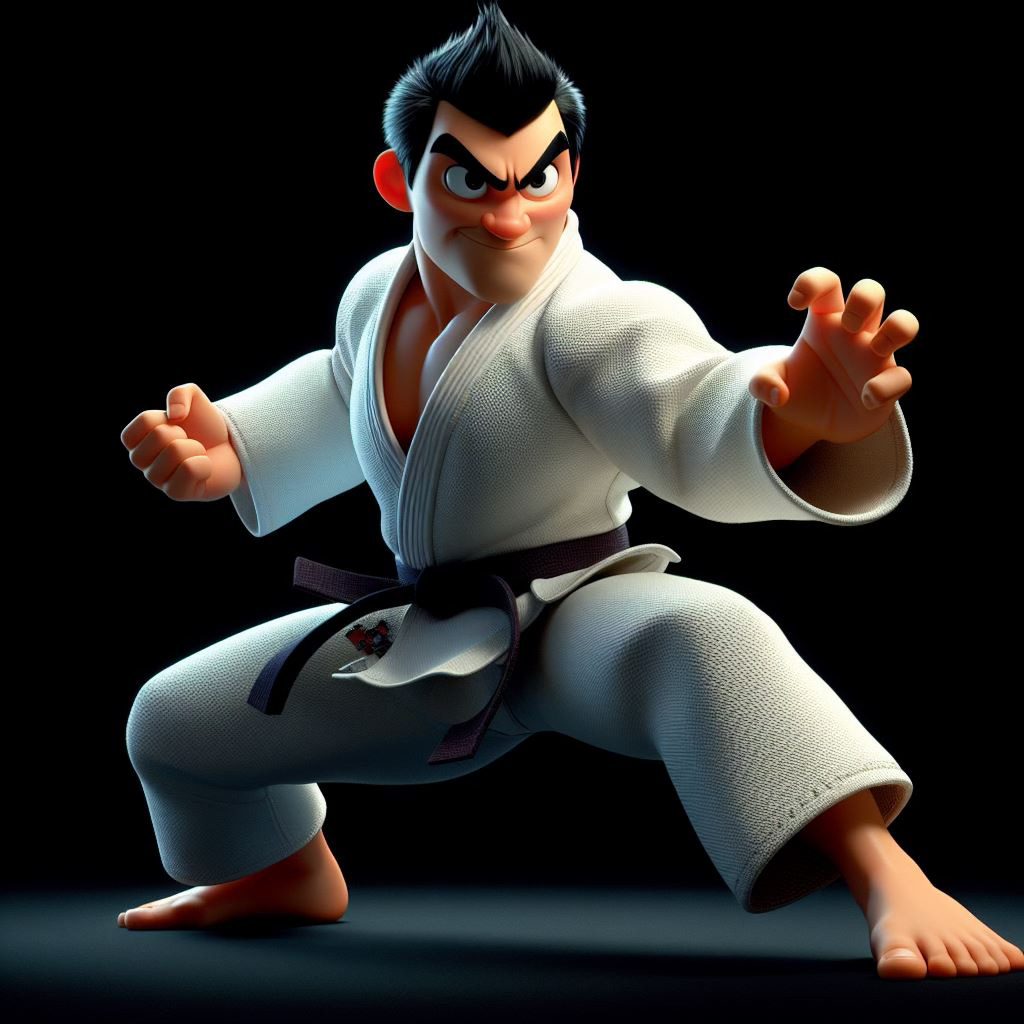The History of Jiu-Jitsu: Grounded Heritage - Part 2: The Fusen-ryu
How the ground techniques of the Fusen-ryu Jiu-Jitsu shaped Judo and Brazilian Jiu-Jitsu of today.
Traditional Ju-Jitsu and Judo
Traditional Ju-Jitsu originated in Japan and served as the precursor to both Judo and Brazilian Jiu-Jitsu. Due to changes in society, Jigoro Kano, a martial artist and educator modified traditional Ju-Jitsu to create Judo. By the end of the 19th century, Judo was the preeminent martial art in Japan. Kano retained techniques that were effective and efficient, such as standing techniques that included throws and pins. He also initiated a belt system within Judo to differentiate skill levels and instituted a focus on character development in addition to the practice of fighting.
The original curriculum of Kodokan Judo focused on throwing with no ground techniques. Kano’s Kodokan Judo engaged in many competitions and defeated all other schools. Defeat was always by way of throwing.
Then came the Fusen-ryu.
The Fusen-ryu
Not much is known about the Fusen-ryu as there is little record of them from this time. However, the Fusen-ryu came from an ancient lineage, founded by Motsuge Takeda. Takeda was born in 1794 and eventually trained as a Buddhist priest. He took on the name Fusen and also studied classical martial arts until his death in 1867. After his death, a lineage was formed, the Fusen-ryu or Fusen school.
Fusen-ryu vs Kodokan Judo
In the 1890s, the grandmaster of the school, Mataemon Tanabe, issued a challenge to Kodokan Judo. Tanabe had trained extensively in grappling techniques on the ground. This was also the focus of the training at the Fusen-ryu. It is unclear if the Fusen-ryu had always focused on ground techniques or if this was emphasis of initiated by Tanabe.
While ground techniques had always been a part of Ju-Jitsu, it was uncommon for a school to make this their entire emphasis. Before 1890, there was little or no ground grappling in Judo. The Fusen-ryu changed that.
In the competition, the Fusen-ryu took the fight to the ground and avoided competing with Kodokan Judo in their chosen element, standing. Once on the ground, the Judo players had no ground techniques to counter the moves of the Fusen-ryu. Using this strategy, the Fusen-ryu could handedly take out their Judo opponents by use of submissions - painful locks or strangleholds on the ground. Through this, the Fusen-ryu achieved the first and only win by another school agains Kodokan Judo.
After the defeat, Kano realized that his Judo lacked ground grappling techniques and asked Tanabe to teach this curriculum to his school.
Previously, Kodokan Judo maintained an advantage against other Ju-Jitsu ryu because of their live training called randori. These ryu mistakenly sought to defeat Kodokan Judo within their element by using throws and grips.
The Fusen-ryu employed a new strategy. By focusing on a different phase of a fight, they could utilize their expertise in that phase against their Kodokan Judo opponents. They took Kodokan Judo out of their area of expertise, standing. Taking the fight to the ground, placed the opponent in a new situation where the skills of the Fusen-ryu had already been highly developed. Kodokan Judo now had no advantage or no skills for this phase of a fight. Grappling on the ground uses submission holds to defeat an opponent. It is something that most untrained people have no idea how to defend against. Tanabe had identified a weakness in the system of Kodokan Judo and used phases of a fight - standing and - to shift the competition in his direction.
Mataemon Tanabe
Little is known about Mataemon Tanabe. He was the 4th grandmaster of the Fusen-ryu. He consented to teach ground techniques, newaza to Kodokan Judo after the competition. During 1900 to 1925 Judo became dominated by ground techniques with the majority of Judo matches being won by ground techniques. As Judo evolved after World War II, its focus would return to standing.
The Fate of the Fusen-ryu
It is unclear what became of the Fusen-ryu. It seems they may have faded away with their ground techniques now becoming a part of Kodokan Judo of that time.
In Part 3 of The History of Jiu-Jitsu: The Artful Journey we will look at the influence of the Mitsuyo Maeda on the Gracie Family and Brazilian Jiu-Jitsu.
Want to learn more about the history of Jiu-Jitsu? For a more detailed history of Jiu-Jitsu check out Mastering Jiu-Jitsu by Renzo Gracie and John Danaher.
Interested in learning more about Jiu-Jitsu? If you want to learn more about the principles behind the techniques, strategies and tactics of Jiu-Jitsu check out Part 1 and 2 of Embracing the 32 Principles of Jiu-Jitsu. To find out more about the fundamentals of Jiu-Jitsu check out Unlocking the Art: Delving into the Fundamentals of Jiu-Jitsu.



